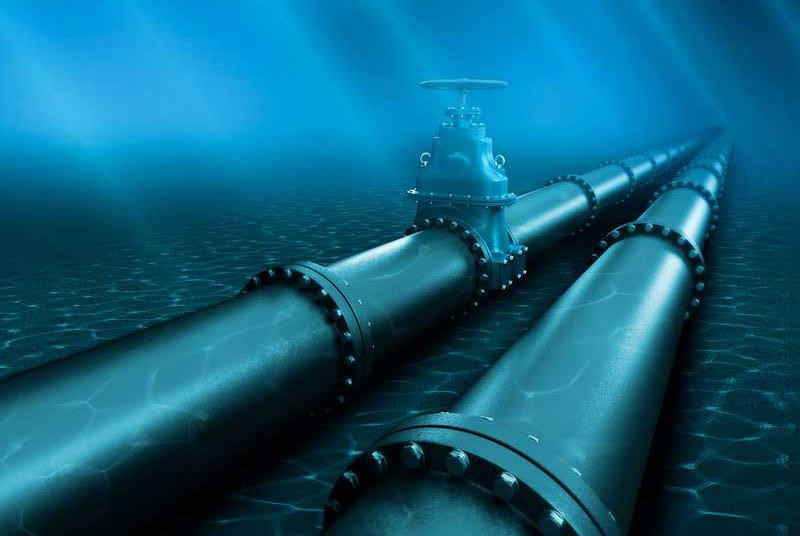The proposed gas to power project in Guyana can potentially have the single most transformative impact on the new oil producing country, promising significant benefits to the population. Most notable is that there are no technical barriers that prevent natural gas being piped from the Stabroek block to shore.
In fact, when the potential benefits of such a project is closely examined, one expert says it becomes even clearer why doing all that is possible to bring it to fruition is necessary, even in face of some saying it cannot work.
“The thing about it is that people always tell countries; they always say, outsiders always say, “Oh it’s going to be too expensive; you can’t do it.” …I don’t always buy that perspective,” Dr. Morgan D. Bazilian, Director of the Payne Institute and a Professor of public policy at the Colorado School of Mines told OilNOW in a recent interview. “Look, the countries are growing and developing, and they need the infrastructure and it’s a matter of priorities and it’s not a matter of some great big technical obstacle. And so, I think that it’s at least worth looking at very, very seriously before dismissing it as undoable.”
Dr. Bazilian said in a country like Guyana where GDP per capita is expected to rapidly increase in the coming years, “building this infrastructure is part and parcel with that kind of development and wealth creation.”
With the cost of electricity in Guyana already being one of the highest in the region, Guyanese are hopeful that gas can be brought to shore to power the generators that provide electricity to hundreds of thousands of consumers across the country. This is currently being done by the use of imported fuel oil, which together with a faulty transmission and distribution network, make power costly and unreliable.
Guyana can be generating cheap electricity, producing cooking gas by mid-2020s – Kevin Ramnarine
“Guyana would have lost a lot over the years because we couldn’t find more effective and cheaper ways of generating power,” Minister of Natural Resources, Vickram Bharrat has said.
ExxonMobil, operator at the Stabroek block said it remains fully supportive of the project and will continue to work with the Guyana government as plans for its implementation progress.
“We’ve been in regular engagements, I’d say once, twice, even three times a week meeting with the government’s task force to progress the project,” Alistair Routledge, President of ExxonMobil Guyana told OilNOW during an interview in December.
Gas from Liza field meet requirements of proposed power project – ExxonMobil
He said once the site for the onshore power plant is finalised, that will allow the company to progress into the phase where the route from the offshore facility to the onshore landing point is defined and then from the onshore landing point to the location where the power plant will be based.
“We’ve confirmed the available gas as we talked about in the past to support the project and I think the government is keen to make this happen sooner than later,” Routledge pointed out.
The company has to date found approximately 9 billion barrels of oil equivalent resources spread across 18 discoveries at the Stabroek Block, with around 20 percent of this being associated gas.



